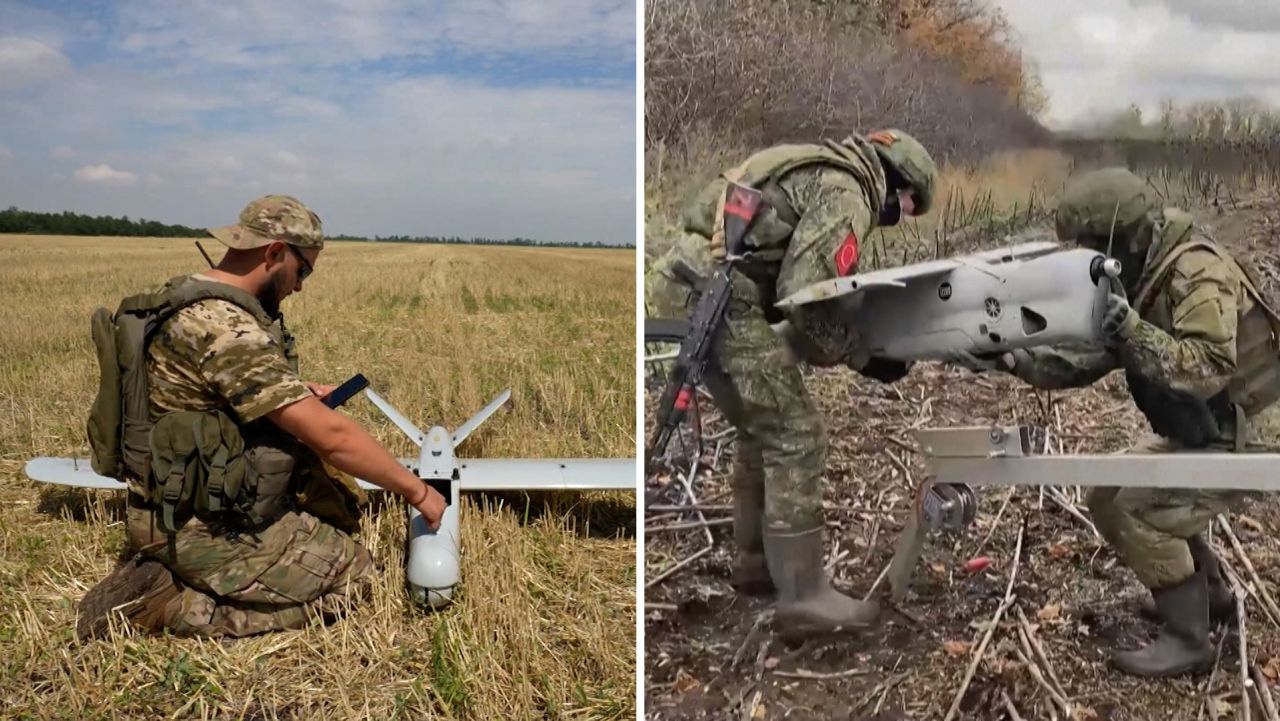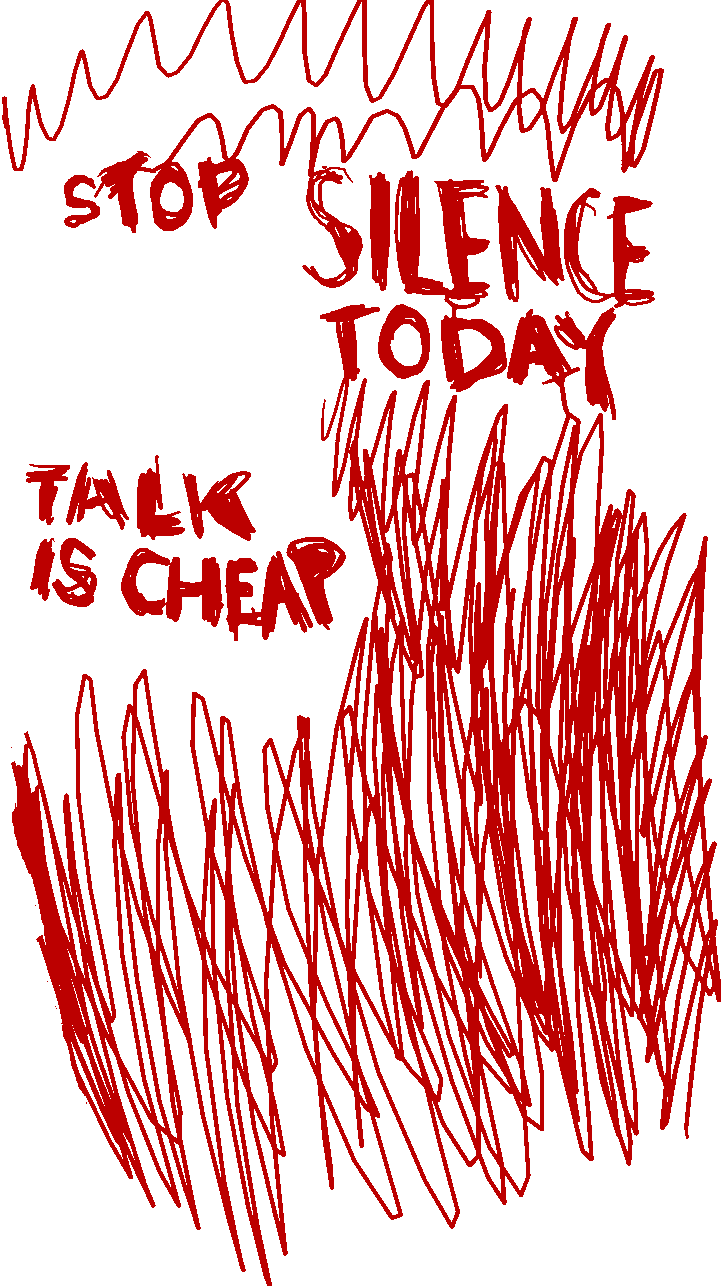Ukrainian President Volodymyr Zelensky says the toughest fighting is taking place on Ukraine’s southern front, and he praised Kyiv’s forces for holding off Russian assaults in the east.
Zelensky made the comments in his daily address Sunday, saying Ukrainian troops are “advancing, position by position, step by step” and “are moving forward.”
The opening stages of Kyiv’s counteroffensive have been marked by probing attacks — seemingly testing the Russian lines of defense — and modest gains, but no apparent major breakthroughs.
Russian troops “continue to focus their main efforts on the Lyman, Bakhmut, Avdiivka and Marinka directions,” the Ukrainian military’s General Staff said Sunday, referring to a series of eastern Ukrainian frontline cities stretching from north to south. “Heavy fighting continues.”
Zelensky said that not a single US Patriot air defense system has been destroyed in Ukraine, and that nearly three dozen missiles and about 50 attack drones were destroyed over the past week. He also said the Ukrainian Air Force carried out more than 100 strikes on enemy positions over the past week.
The latest from Moscow: The Russian defense ministry said in its daily report Sunday that “the Armed Forces of Ukraine are most actively advancing in the (southern) Zaporizhzhia direction, with forces of up to 3 battalion groups, reinforced with tanks and armored combat vehicles.”
A Russia-backed official said earlier Sunday that Ukraine has retaken a village near Zaporizhzhia city. Moscow denies the report, saying troops repelled attacks there.
Russian forces also repelled eight Ukrainian army attacks in various settlements east and northeast of Donetsk city, the defense ministry claimed in its report.
Remember: CNN cannot independently verify either side’s reports on battlefield developments.
CNN’s Mariya Knight contributed to this report.










